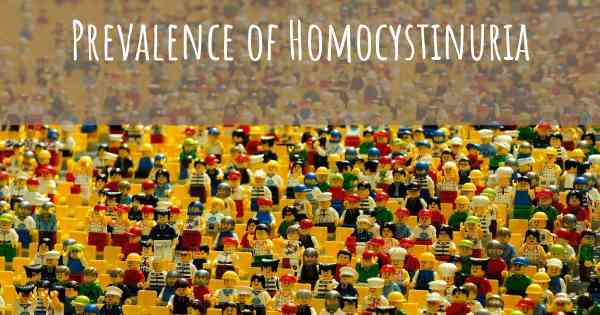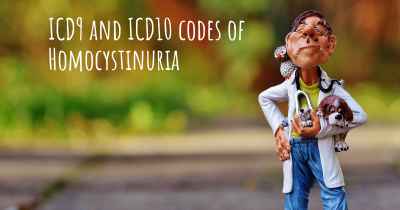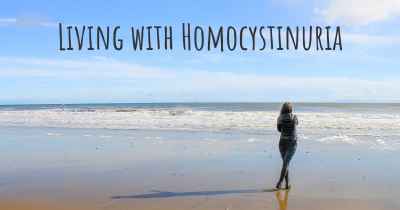What is the prevalence of Homocystinuria?
How many people does Homocystinuria affect? Does it have the same prevalence in men and women? And in the different countries?

Homocystinuria is a rare genetic disorder characterized by the body's inability to break down certain amino acids. It affects approximately 1 in every 200,000 to 335,000 individuals worldwide. The condition is caused by mutations in genes responsible for the metabolism of homocysteine. If left untreated, it can lead to various complications including skeletal abnormalities, intellectual disability, and cardiovascular problems. Early diagnosis and proper management are crucial to prevent long-term complications. Genetic counseling and screening are recommended for families with a history of Homocystinuria to assess the risk of passing on the condition.
Homocystinuria is a rare genetic disorder characterized by the body's inability to properly process an amino acid called methionine. This condition is caused by mutations in genes responsible for producing enzymes involved in methionine metabolism. As a result, homocysteine, a byproduct of methionine breakdown, accumulates in the blood and urine.
The prevalence of Homocystinuria varies among different populations. In general, it is considered a rare disorder, with an estimated incidence of approximately 1 in 200,000 to 1 in 335,000 live births worldwide. However, the prevalence may be higher in certain regions or communities due to specific genetic factors or consanguineous marriages.
Homocystinuria can present in different forms, including classic homocystinuria, which is the most severe and common form, and milder variants. Symptoms typically appear in infancy or early childhood and can include developmental delays, intellectual disability, skeletal abnormalities, eye problems, and cardiovascular complications.
Early diagnosis and treatment are crucial to manage the condition effectively. Treatment often involves a special diet low in methionine and supplementation with vitamins and cofactors to help normalize homocysteine levels. Regular monitoring and medical management are necessary to prevent complications and optimize the individual's quality of life.








